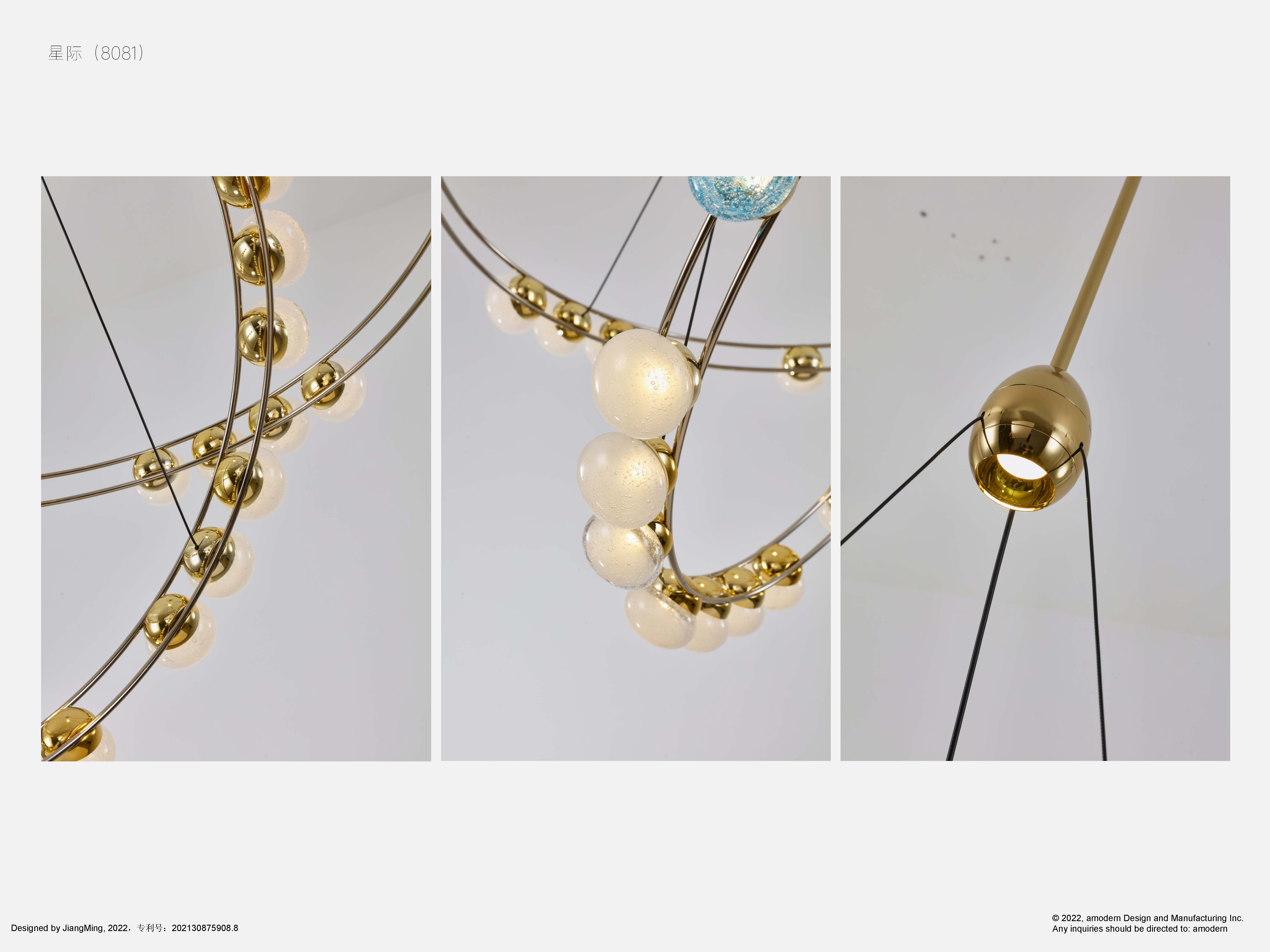March 14th, 2023
The lux level requirement of a space will depend on the activities that are taking place within that space, as well as the age and visual acuity of the people who will be using it. Lux is a measure of the amount of light that falls on a surface, and is typically measured in lumens per square meter. Here are some general guidelines for lux level requirements in different types of spaces:
- Residential Spaces: In residential spaces such as bedrooms, living rooms, and dining rooms, a lux level of 100-300 lux is typically sufficient for general lighting. Task lighting, such as reading lamps or kitchen work area lighting, may require higher lux levels.
- Commercial Spaces: In commercial spaces such as offices, a lux level of 300-500 lux is typically recommended for general lighting. Areas where tasks are performed, such as workstations or conference rooms, may require higher lux levels.
- Retail Spaces: In retail spaces such as shops and showrooms, a lux level of 750-1000 lux is typically recommended to create a bright and inviting atmosphere.
- Industrial Spaces: In industrial spaces such as warehouses and factories, a lux level of 100-300 lux is typically recommended for general lighting. Areas where tasks are performed, such as assembly lines or inspection areas, may require higher lux levels.
- Healthcare Spaces: In healthcare spaces such as hospitals and clinics, a lux level of 300-500 lux is typically recommended for general lighting. Areas where tasks are performed, such as examination rooms or surgical suites, may require higher lux levels.
It’s important to note that these are general guidelines and the specific lux level requirements for a space may vary depending on the specific needs of the space and the people who will be using it. It’s also important to ensure that lighting is evenly distributed throughout the space to avoid glare or shadows.



